There is a seed in the pile of broken glass below.
To put it another way, humans see. The earth seeds. They are the same thing. See?
Making Seed: Male Sumac Flowers in Full Glory
Only in human sight do they look like spiritual energies, like this.
The spirit above is a human signature. When it is absent, humans say they are in the presence of the dead. Still, there is the seed produced by the action of bees on these flowers, and then on the female flowers on sumacs down the path and around the corner and the other corner a ways. That is a different kind of tracking from a human one, but not one that a human cannot follow. How it is followed, ah, that’s the rub.
Female Staghorn Sumac?
No, It’s the Big Bang
Humans often seed the earth with human-ness. There’s a human mouth in that pile of art studio raw material I showed you above. This human mouth was shaped out of sand, filled once with sweet Rhenisch (from the Pfalz) or Rhenish (from the Rhine Gorge) wine, and then broken down into raw material. Not into sand, though:
What it was broken down into is human raw material. This is what “seed” looks like in human language. This is ‘seed human’. From it will be made a human social product called art, which is a way of honouring human history, just not in Herodotus’s long-winded stories of the self. It honours it in the unfolding presence and interactions of objects and a certain kind of energy that is commonly called “wildness” today (more on that below). This is one way in which humans see the earth in themselves. It’s like this show at her Headbones Gallery that artist Julie Oakes has made out of the glass I showed you above:
Julie Oakes’ Blue Toronado http://www.julieoakes.com/Awestruck_Calendar_of_Ecology/Blue_Tornado/blue_tornado.htm
A complex scripting of beauty and violence: the same, separating, coming together, and exploding in blueness. This is the way to make human self images into piles of broken glass and then to guide them by touch into new forms. The “touch” is inferred, but no less felt for that. Contemporary humans would say that all this happens through the visual cortex. Ancient humans, the ones who started the art processes that Oakes is keeping alive, would point to non-visual forms of perception.This, too, is part of the tension within these pieces. Much is being honoured here. Breakage is part of the honouring.
Another way in which humans see the earth within themselves is in the echoes of water and sky within the ruins of industrial and social process (below). There’s no water in the following image, and no sky, but lots of human-ness, in many forms: industrial processes, trade, fullness, emptiness, bling, breakage, beauty, violence, and so much more. It’s a powder keg of undefined human form and connection.
This pile (and its re-creation into new tracks) is how humans talk. They make paths through their perceptions and memories of earth and sky and water. They do this by tracing their interactions with each other and examining the spoor of their own feelings and cognitive and biological attention as rigorously as they would the tracks of a leopard and a springbok. Then they make maps of what they “see” (to accent the spiritual component within the “modern” visual process). Like this:
Katie Brennan Gives Us 32 Views of the Bow River (Or Is It Just One?)
http://oook.ca/2012/02/this-oookian-makes-art-too-katie-brennan-at-headbones-gallery-opens-tomorrow/
It’s not a map. It’s not a quilt. It’s not a human. It’s not the earth. It’s not a deconstruction, because it’s also a reconstruction. One could go on, playing the old Monk’s game that by name what God is not, in the end the un-nameable God will be present by default.
In the end, reductions like Brennan’s come to this: maps of (or moments of attention to) perception and intuition are, really, humans. They’re not biological humans, but they’re humans nonetheless. In other words, the image below is Frankenstein (who was cobbled together from corpses and blasted with electricity so that he’d get up and walk and talk [in Frankie’s case, with bolts in his neck.])
Frankenstein 2014!
In this case, the ‘electricity’ is human. To make art that isn’t just a mirror, or isn’t a substitute human, an Adam or an Eve or a Book of Noah, that’s a most difficult thing, and usually it’s just not going to be art, because art is that human-ness.That pile of blue glass above, for instance, is the dead from which new life springs. It’s not a pile of human ancestors, such as exist within each word we speak (for more of this, do check out www.earthwords.net) but human meta-ancestors, those artificial humans — those Frankensteins — that other humans have made before, such as this:
Frankenstein, Downtown Vernon
Looking for friends, he is. I mean, beyond his Sancho Panza, that bungie cord to the left.
And yet, if you remember, there is that seed.
And, well, this:
Headbones Gallery Parking Lot Installation, Swan Lake
The cart that was full, which is now empty, the cart that is in the shadow while the blue, perhaps it’s former load, is in the light, the ruined Eden surrounding it, the blank canvas of gravel before it, and the shock of all that blue. “Painting” would reduce this.
Another human! Just a bigger one, that you can walk around on and in and through (you can even pull up your artificial human, your Honda, let’s say, and leave it there, so dead without you, while you huffed up the steps to the gallery, sensing yourself getting ever further from it, feeling the line of energy that binds you). The one thing, though, that you can’t do, ever, ever ever ever, is walk out of that artificial human. Here, for example:
Frankenstein 2014 (aka Yellow Dock Seeds), Bella Vista
(Yellow for the root, not these pink and mint beauties) This invasive weed is taking over swatches of old Syilx “medicine” hillsides, where the activities of humans (trail making that cuts into the soil atmosphere of a syncline slope) make more room for human followers (weeds) than the plants that humans followed (medicines, or traditional ‘wild’ crops). Note: not a bit of nature in sight.
Here, too:
Frankenstein Allium, the Vernon Queen
She’s a fun type, for sure. What a party girl Frankenstein, she is! Note the beige artificial humans in the background and the herd of metal frankensteins resting ‘dead’ in front of them, plus the carefully channelled and regulated track for moving these frankensteins from place to place.
The trees and flower in the above image are called nature. They represent a non-human life drive, that makes biological humans less ill-at-ease within their maps of the dead and artfully made, and provide as well the potential of a continuously available source of energy outside of the social. That’s comforting, and humans, being mortal creatures, need a bit of comfort, now and then, in the face of oblivion. Mind you, those “plants” are, of course, socially planted, as manipulations of human states of mind. See: http://earthwords.net/2014/04/23/grow/
Three Points of the Energy of Growth …placed there to mine it.
(From earthwords.net)
That’s art. This artwork, this Frankenstein, is ‘nature’. Or, to put it another way, in the industrial era, Nature became Frankenstein. Like that blue glass, transformed by fire from sand and gold, there’s no way back. You have to go forward, eh.
Frankenstein, the Grass Version, The Rise
This Frankenstein (Nature) has a crown, as befits a goddess.
This is Not a Grassy Field
This is alien grass sewn to prevent erosion, after creating house building lots (for the visual view) by moving vast amounts of old glacial till around with a bulldozer. This is pretty much a one species environment, fulfilling its intended goal, with the illusion of being nature, because nature is the point of views. These are pure signs of the presence of Frankenstein.
Nature (Frankenstein seen through the looking glass) is very big, but she’s not the earth.
Deer and Geese at Daisy, Washington
This Nature. She is the intersection of impounded waters of Lake Roosevelt, behind the Grand Coulee Dam, with the old Inchelium world the reservoir (in the parlance of Nature, “lake”) replaced. Whatever the earth is, she is an energy outside of this.
Nature is a created artifact. (That’s not the same as saying that the energies that, in the Western tradition, flow through Nature are not vital. They are.) This, for example:
“Nature”, as Humans Call It, Making Her Move
In this world of interlocked artificial humans, Nature is much like a mosquito, that you want to swat, to get it off of yourself, or a spider crawling down the neck of your shirt, eeeeyewwwweeeeeeee! It takes some acculturation to see this wild lettuce as both art and child, to be nurtured, but there she is. (Note as well the discarded bouquet of flowers. Seemingly, this space of “nature” viewed as garbage was deemed the appropriate receptacle for some dead “nature” after it served its purpose as a human social gesture.
It’s quite a thing to be human, to have consciousness, of a sort, and to have to deduce the living earth from tracks of your own body and mind. It’s not the earth that humans see, or work with, but the effects of their working with the earth, and somehow, humbly, or with flaming pride (or, as usual, some muddle in between) humans sometimes task themselves with bridging that gap and becoming all facets of that moment at once: human and earth together. It is one solution, to be the moment of these interactions all at once, but it is, of course, not sustainable (Note: Heaven, as humanly conceived, is the deferred state of final attainment of this unity.) Humans call that art. It is a way —a path. It is not a destination, because you cannot stay there.
The Art of the Syilx, the People of this Place, Was to Make Rich Tapestries of Life
This “life” bridged human and non-human energies. It was not called Nature.
At other times, humans call art the use of the materials of the earth to intentionally create physical maps of human social and cognitive states, like this:
http://www.headbonesgallery.com
You could call this the tattooing of the spirit or the dancing of the leaf within the mind, but then you’d be talking like a poet, one who walks between worlds carrying material back and forth and breathing with the earth, and that’s a different way of paying attention.
The Poem Formerly Known as Harold Rhenisch Speaks
Ah, even for the poet on the edge of the human and the flame, there is a tantalizing sense of wildness that is called the earth, even within human speech. You could just as well call it life. Dylan Thomas did. He called it “The force that through the green fuse drives the flower…”
Yes, That’s Dylan Thomas Gathering Pollen on His Fused and Exploding “Poem”
Forget Freud! This is a female structure.
Whatever humans are channelling in their tracking and art making and travelling between worlds is that force. Contemporary humans often call it “wildness” or “presence,” if they don’t just give up and call it “nature”. These are just words. There’s an energy there, of course, despite that. It’s a bit of a maze, which is one reason we have art, to guide us through it in pre-verbal ways (or, in poetic terms, in ways in which the words are spirit). To define that wildness against the background of human activity, however, as is common contemporary practice, is a sure guarantee that one is not talking about wildness. At that point, one is talking about relationships and interrelationships of human power. One is talking about this:
A Linear Garden of Eden Designed for Viewing at Speed by Car
If you walk this trail it just looks so completely impoverished. It is not meant for viewing at biological speed. To do so is like standing in front of your big-screen TV with your face 2 inches from the glass.
At that distance Angelina Jolie is going to cease to be an illusion and start to be a grid, like a bee’s eye.
Angelina Jolie, Up Close
Closer:
Angelina Jolie as a Pile of Yellow Glass
Art as speed, written in mathematical vectors across the living Syilx earth, is also the face of art. Here, once again:
Vrroomm!
Notice the crushed bedrock (from below the floors of ancient seas) used to decorate the sidewalk (and to keep down weeds… um, yeah, sure.)
This kind of art-making uses the same basic materials as Julie Oakes’ pile of blue glass, but rearranges them towards a different line of energy and power, one which negates the past and creates a present out of the intersection of civic regulations, Frankenstein technology, and human biological perception. (In comparison, Oakes’ pile allows for outcomes that dip into the past and into the future… each a new organization. It is a giving away, as opposed to a capitalization.) Frankensteins themselves would find this roadway artwork looking much like Oakes’ pile of blue glass does to humans: the broken shards of Frankensteins, to be built into post-Frankensteinian dreams. This, maybe…
A Home for Frankensteins? Or Just Another Frankenstein?
High country water funnelled through petroleum tubes and called “life”. Such art installations are the purpose of the road above. It is meant to convince humans to feel safe within them. It appears to work very well.
Humans are spiritual creatures. That they see themselves as practical ones is sheer hubris: a transcending of ethical and spiritual norms that leads to the state of tragedy. As an illustration of where that can lead to, here’s Satan in his moment of hubris:
 Falling, Falling, Falling, Falling from Unity to Earth (Doré’s Paradiso)
Falling, Falling, Falling, Falling from Unity to Earth (Doré’s Paradiso)
Source: http://en.wikipedia.org/wiki/Hubris#mediaviewer/File:Paradise_Lost_12.jpg
There are many ancient guides to hubris, most of them spiritual. They come from the ability of humans to set up a very special type of artificial human called a god, to which humans then give a large part of their cognitive ability. In other words, these guides come from a time in which humans allowed for their consciousnesses to exist outside of their biological bodies, and were comfortable with that. I should say “are”, because these guys still operate like that, although in a recognizably cynical contemporary way:
ISIS at Work in Iraq
The whole artifice of rationality was meant to be a work around against distortions such as the one above. Well, it’s a world in which humans don’t always have the above form of comfort. Societies still resisting the transformation of rationality into irrationality, as evidenced in the image above, have the university tradition and its work at deconstructing human biological motives in favour of cognitive distances, on the one hand, along with industry, which mines the earth for energy, so that humans don’t have to be mined for it (a treacherous distinction) and, on the other hand, art, poetry, and other forms of attention to tracks laid down in pure energy, and their interactions with matter. The latter attempt to manipulate the social processes within the blue glass heaps of the other two approaches. Poets and artists have been comfortable in their skins, as representing those parts of tradition that stand apart from or against exploitation, violence and power. Hardly so. The question is not how to stand apart from artificial humans but what kind of artificial humans one is going to make. The faculties of attention one uses in work at human-making goes into the humans one makes. A combined stop sign and street sign, perhaps, for organizing and regulating traffic?
(Note the shadow.)
Or an early Christian cross?
Or what? There’s no use asking “What is art?” The question is absurd. It asks “what is the abstract generalization I have made by observing human-making” by viewing particular instances of human-making. It’s like saying, “I will measure my actions by a particular class of artificial human called “reason”, in place of the old one called “God”, by creating a class of actions which are not “reasonable” but are biological, and then comparing the “reasonable” ones with the “unreasonable” ones. Well, you can have a nice philosophical debate with yourself that way, but in the end, there is, still, a seed.
It catches something unseen, called ‘wind’. While some people put it to use (or dis-use), some people keep it alive and blowing. A society that does not keep this dynamic alive will die. Rationality (or irrationality) is no defence against that.
Categories: Arts, Ethics, First Peoples, Gaia, Industry, Land Development, landscaping, Nature Photography, Other People, Science, Spirit, Water



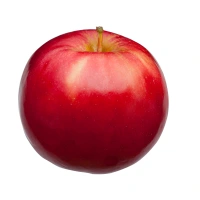
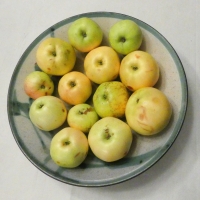



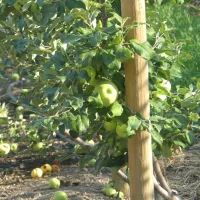
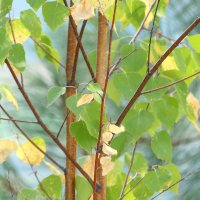
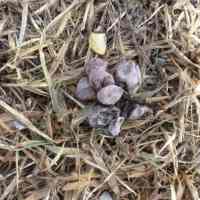
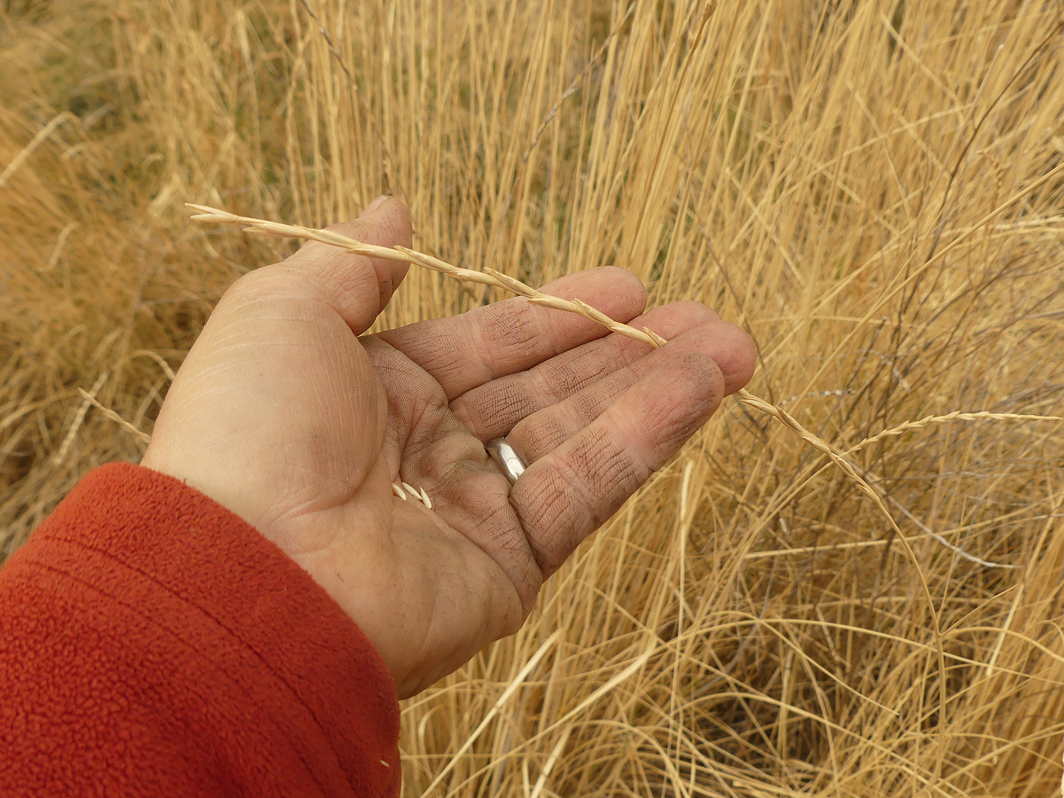
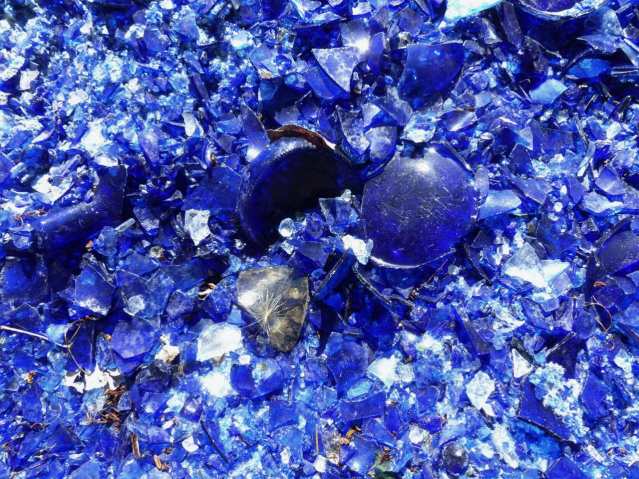

















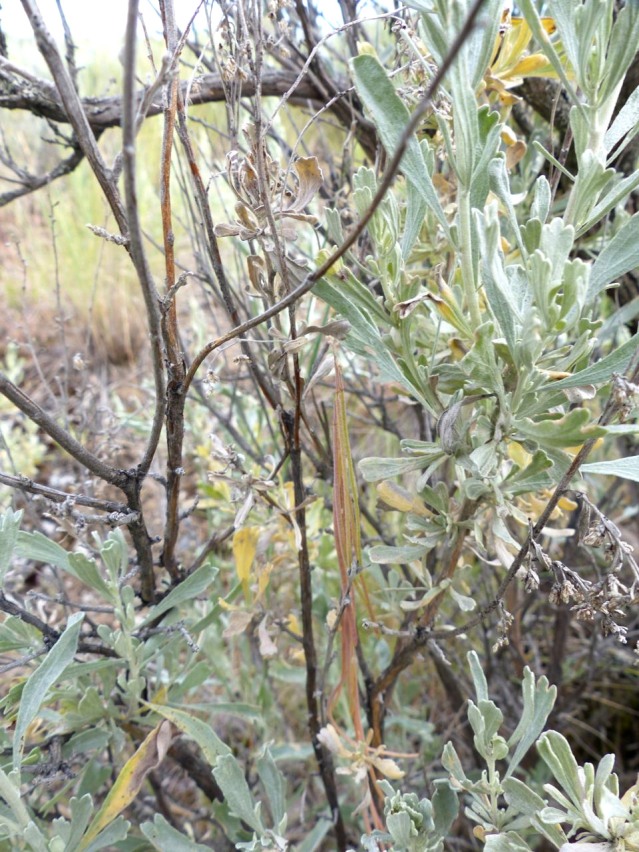













What can I say, Harold! You have captured the attention of my entire day! My soul revels in your illustrations… You have said so much here. I wish I was an artist so I could make my own illustrations of the tiny glimpses of what my own soul calls “life”.
But somehow I mostly see the big human frankensteins and I grieve…
Blessings
Simonne
LikeLike
Yes, there’s grieving, but also, I hope, hope. This post has been an attempt to start naming things for what they are, in the new world we live in. At any rate, we all need new maps and new modes of travel. It’s a chicken-and-the-egg thing: which came first, the body or the human. I think, though,t he body came first, and “human” is an act of making. This allows for new “making”, outside of the industrial/gene paradigm.
I’m sure happy you liked the post!
Blessings
Harold
LikeLike
I liked it too, Harold, although I’m still digesting all that blue glass and trying to make it bury the ISIS fighters. They are the death of seeds.
But I have just a small niggle. That Dylan Thomas line is actually “The force that through the green fuse drives the flower…” I know. One word out of all your words, but I think it makes a subtle difference.
all best,
Gloria
LikeLike
Thanks for Dylan! He is returned to his true words. Sure, the ISIS fighters are the death of my concept of earth and seeds, but they sure didn’t come from nowhere, and they sure aren’t a big surprise. My point was that they represent a form of non-self god-worship. Yes, it is twisted and cynical, and that should be a warning to all who would try to rejig that spiritual technology to bring it in line with contemporary I-identities. It is what it is, just as the I is: dangerous stuff that should be handled with lead-shielded gloves. That it wasn’t means that we have a, so-to-speak, spiritual Chernobyl on our hands.
LikeLike